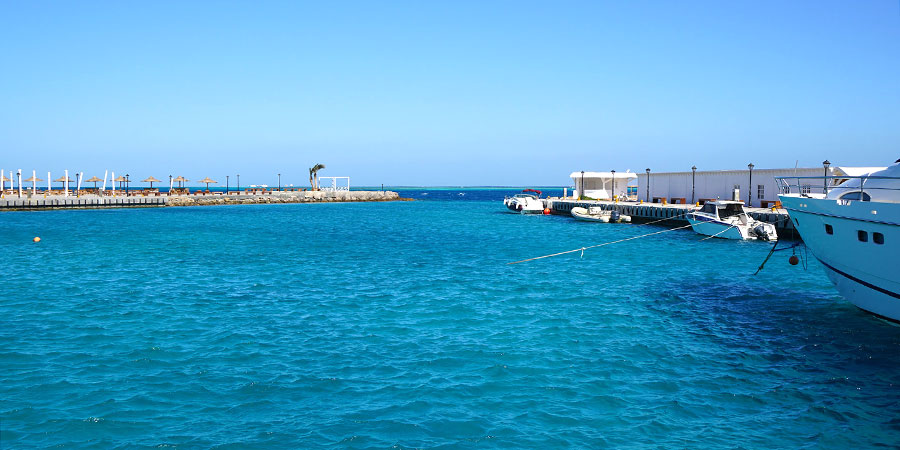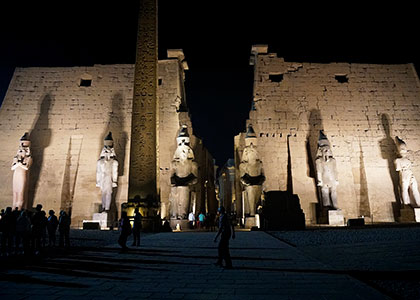City of the Dead
The Reason behind the establishment of City of the Dead
When Islam entered Egypt it did not diminish the importance of the idea of the scared eternal afterlife which existed in the minds and believes of the Egyptian people. And death also has its sanctity and respect. Muslims wanted to be buried in the Moqatam Mountain and its forage in Egypt since this place is a dry place where bodies did not change quickly. Since the city of Al-Fustat was the first place taken by Muslims from the land of Egypt, they made its highest place in the east a place for them to bury their dead, later known as Al Qarafa, the City of Dead.City of the Dead (Al Qarafa): Life and Death
The City of the Dead (Al Qarafa) was not just a residence of the Muslim dead, but it was a sanctuary for the living also. Due to the serious housing problem in Cairo, many families had to move to the cemetery to live with the dead. According to local traditional customs, when burying the dead, several rooms are built next to the mausoleum for relatives to mourn. Now it is full of people and the tombstones are even used as tables. They built mosques, schools, and palaces. Thus it became a city in itself, as described by many Arab and non-Arab nomadic people.City of the Dead Necropolis
Cairo's necropolis dates back to the establishment and consequent development of the city of Fustat which established in 642 CE by 'Amr ibn al-'As. Amr was the Middle Easterner Muslim commander who driven the victory of Egypt. The early Muslim city was partitioned into different part that were distributed to diverse tribes, and each tribe built their cemetery and a funerary area which is known as a mosque in Islam Religion. Within the mid-8th century, the city's necropolis is said to have secured around 300 hectares, in spite of the fact that its correct boundaries are hazy.Under Abbasid role (beginning in 750 CE), the center of government moved to a modern city established fair northeast of Fustat, called al-'Askar, and after they moved once more to another city, al-Qata'i, built by the semi-independent governor Ahmad Ibn Tulun within the 9th century. The places of the necropolis hence moved northeast. Within the 10th century, the necropolis is detailed to have secured a gigantic range extending a few kilometers from the southern edge of al-Qata'i to the previous lake of Birkat al-Habash.
City of Dead Today
A number of 20 million individuals live in Cairo’s metro zone, making it one of the biggest cities within the entire world. It encompasses an enormous populace living in servile destitution, which has constrained numerous individuals into the City of the Dead. Extending for four miles on the edges of Cairo, the push lodging for the perished has advanced into a ghastly ghetto.As individuals moved out of rural centers or were uprooted by normal fiascos, they set up homes in ancient sepulchers, and around the tombs of the necropolis. In add up to 500,000 individuals possess the necropolis, filling the crevices around the ultimate resting places of 7th century Egyptians. In spite of the fact that there are plans to migrate individuals out of the living cemetery, the populace has grown so huge that there's nearly no place to move inhabitants. Like so numerous other ghettos over the world, the City of the Dead is enormously populated by children, who must confront fears and live in and around tombs, and make do with their horrible environment.



